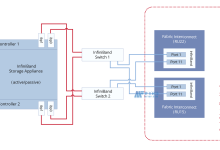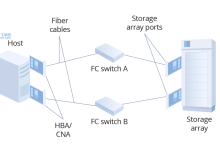linux G is a great operating system for new users because of its versatility and open source nature. It is free, meaning there are no license fees, and it is highly customizable so you can make your system look and feel just the way you want it. The great thing about Linux G is the package management system. Installing software packages in Linux G is an easy process that can be done quickly and without any major hassles.
The package management system in Linux G is twofold. The first part of the package management system is the software that you are trying to install, which is provided by either your distribution’s repository or by a third-party package. The second part is the instructions that tell the system how to install and configure the software. The instructions are what give the system the information it needs to download and install the software for you.
The first step in the process of getting your system rolling with Linux G is to update your system’s package list. Updating your package list regularly will ensure that the system has access to the most recent packages and will not miss any that are available for installation. This can be done by simply running the command:
sudo apt update
Once the system is updated, you can search for a package by entering the command:
sudo apt search
This will show you a list of potential packages that match your query. Once you have found the package that you would like to install, you can install it with the command:
sudo apt install
Once the software is installed, you can run it with the command:
Some packages may also require you to configure them before they can be used. This can usually be done with a text editor like nano or vim. To do this, you can enter:
nano .conf
Once you have completed the configuration settings, run the command:
sudo service restart
This will restart the service for the newly installed package and you will then be able to use it as desired.
Installing packages in Linux G is a straightforward process that doesn’t take too much effort and you should be able to get up and running with new software in no time. With regular system updates and the use of the package management system, your experience with Linux G should be a pleasant one.

 国外主机测评 - 国外VPS,国外服务器,国外云服务器,测评及优惠码
国外主机测评 - 国外VPS,国外服务器,国外云服务器,测评及优惠码












